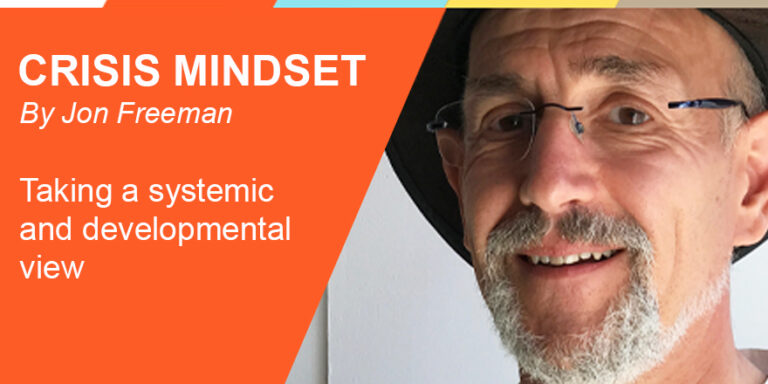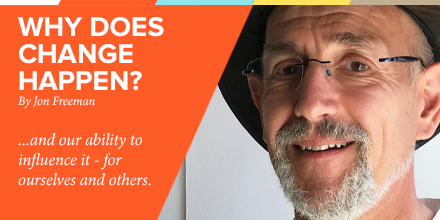Why should anyone care about “Teal”?
Austin Reed. BHS. The world changes. Companies that don’t change slump and die.
What’s special about the changes of today? There’s an acronym for everything and the one for this is VUCA.
Volatility, Unpredictability, Complexity, Ambiguity.
It’s six years since IBM’s survey of 1500 top CEO’s yielded that 65% cited unpredictability as their number one concern.
“Teal” is a label that arises from a view of human cultural evolution which colour-codes stages that we pass through originally coined by Laloux in his book Reinventing Organisations. In the past 500 years the West has witnessed the progression from ordering systems (laws, accountancy, religions, aristocracies) through the industrial and technological revolutions, to social democracies and people-oriented societies which deliver care, education and medicine on a large scale. The next stage is on its way.
Our VUCA conditions derive from some obvious and visible trends, including increased speed of change, global connectivity, high-impact technology. It is a world that publishes books about “Tipping Points” and “Black Swans” and also about stress management, burnout and the sustainability issues.
Yesterday’s news reports included mention of a new scientific understanding. The peppered moth has been long known for its evolution from a white species to a black one as it adapted to camouflage itself in an environment darkened by industrial soot. The new understanding is of a big shift in genetic material that transposes a 21,000 element gene sequence.
The world changes and adaptation is required. What adaptations does VUCA demand?
- Awareness – the capacity to sense changes rapidly
- Non-linearity – the abandoning of one-dimensional cause-and-effect analysis
- Self-Organisation – replacing Command and Control with inherently organic response systems
- Agility – flexibility of structure and process to facilitate continuous adaptability
“Teal” is a convenient label for the arising conditions and for how to develop organisations which will be able to prosper in them. The spectacular successes of some organisations which have adopted these new approaches may sometimes have given the mistaken impression that “Teal” is a kind of idealised or utopian goal. Rather, Teal is a very real way of thinking about what is possible and necessary for organisations to thrive in our visibly changing world. It isn’t a place to be, but a way of being. It is about the adaptive mind-sets that we need because every organisation is unique and there is no template.
How might this system of self-organisation work for you and your business? Take a moment to paint a picture of what that might look like. Share any potential gains and challenges from your future picture in the comments below (or you may prefer to email me directly).





Leave a Reply